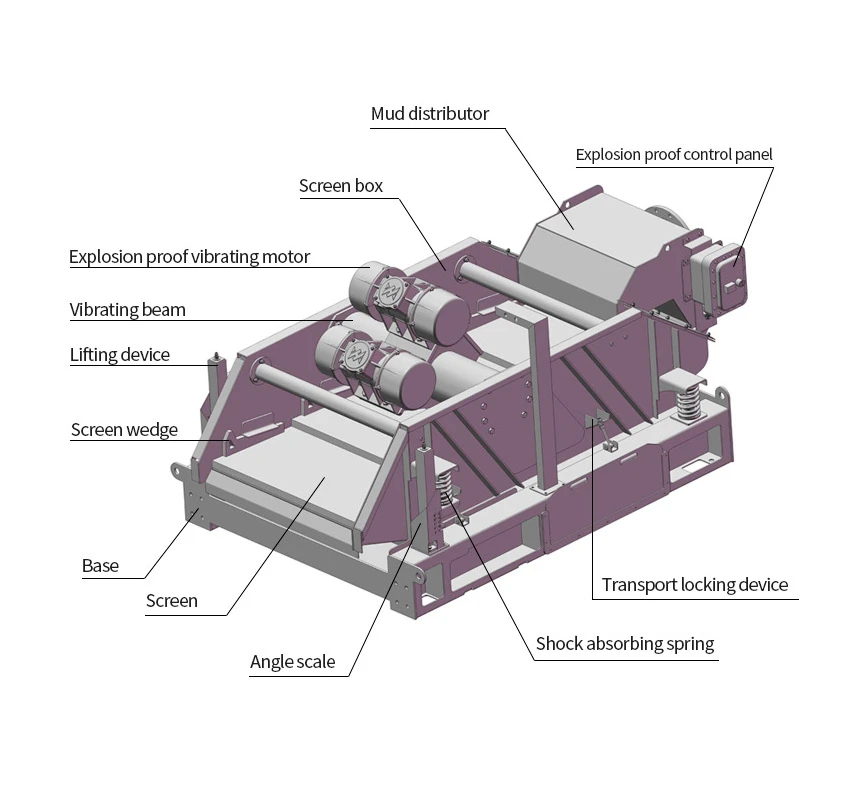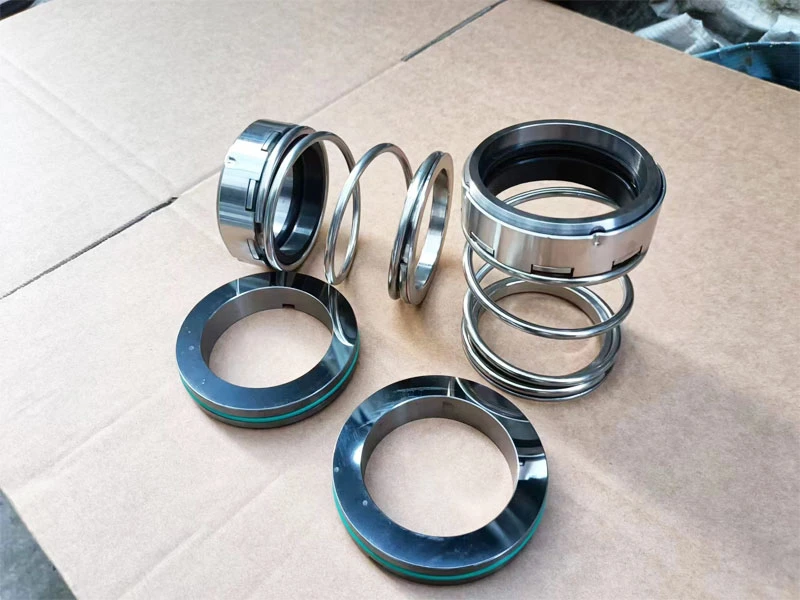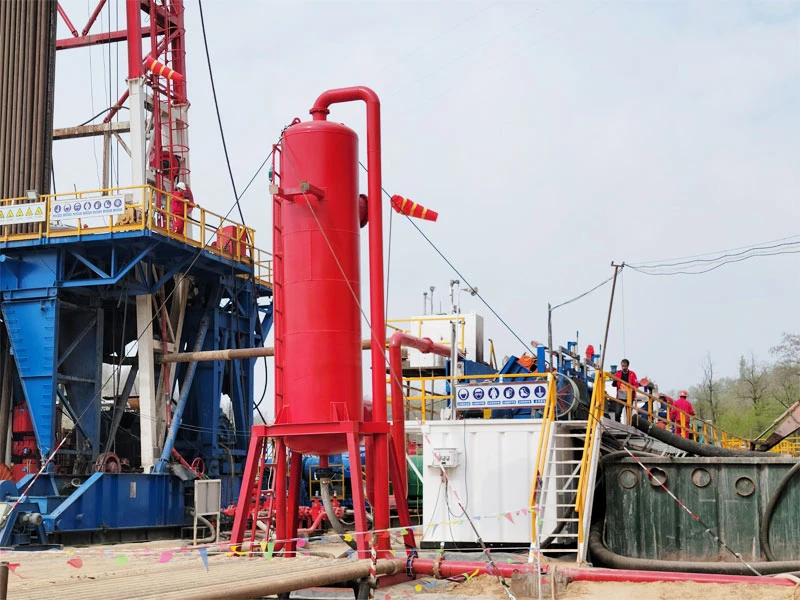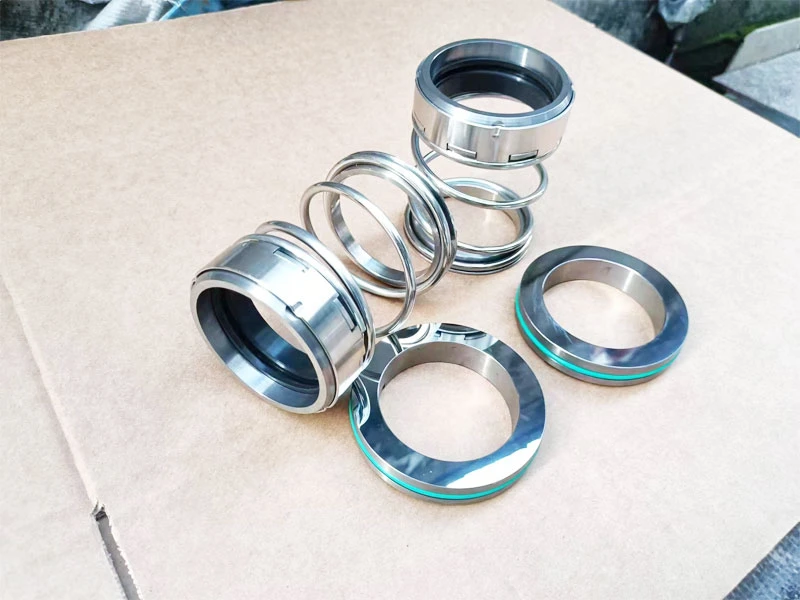What are the components of a borevæske shale shaker?
The reservoir (often called a sealed guide trough or drilling fluid tank) at the rear of the shale shaker receives drilling fluid from the overflow pipe. The drilling fluid flows through the overflow port and disperses on the screen cloth surface. Vibration helps remove solids. Vibration isolation units, which come in three types (coil springs, air cushions, or stone floats), support the vibrating frame. The isolation units rest on skids. A collection tray below the vibrating frame collects the drilling fluid that flows through the screen cloth and returns it to the circulation system.

The vibration pattern, screen frame stroke length, and motor speed affect the performance of a shale shaker. The installation position and vibration direction of the vibrating frame below the screen surface determine the screen surface’s axial vibration direction and amplitude. Manufacturers produce many different vibrating frame and shale shaker cloth products, and operators can install the cloth at an angle or horizontally. In tilted installations, the screen cloth can tilt upward or downward on the vibrating frame. The vibrating frame can be installed horizontally or tilted at a fixed or adjustable angle. The adjustable tilt angle allows the screen surface to swing up and down accordingly.
In tilted screen assembly systems (either in series or in parallel), the screen surface can be a single, continuous screen cloth, composed of two or more separate screen cloths, or composed of multiple screen cloths with varying inclinations. In composite screen cloth systems, drilling fluid flows through the first screen surface before flowing to the lower screen surface.
The above is some information about the structure of drilling fluid shale shaker. If you would like to learn more about shale shaker or are considering purchasing one, please contact us. [email protected]


